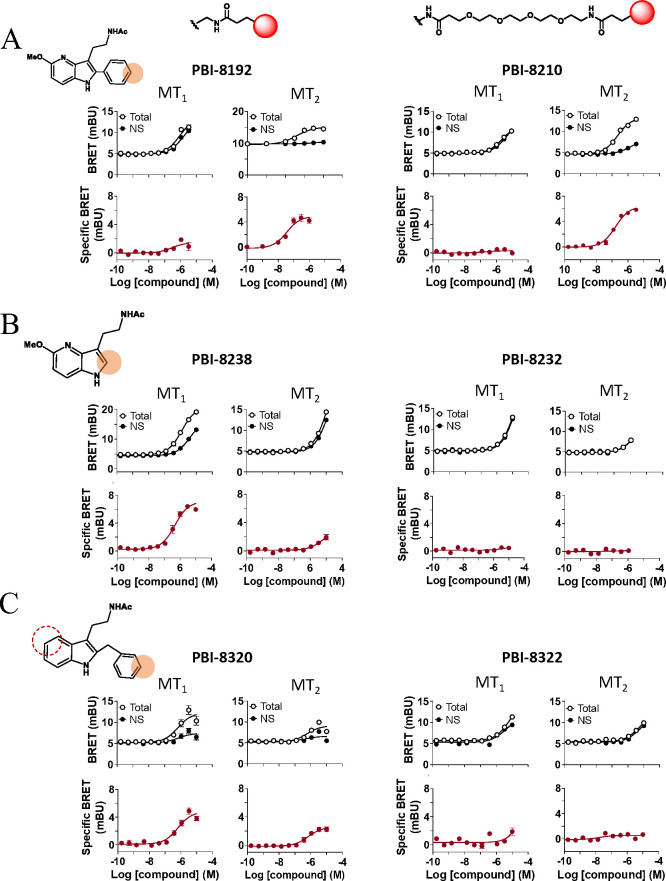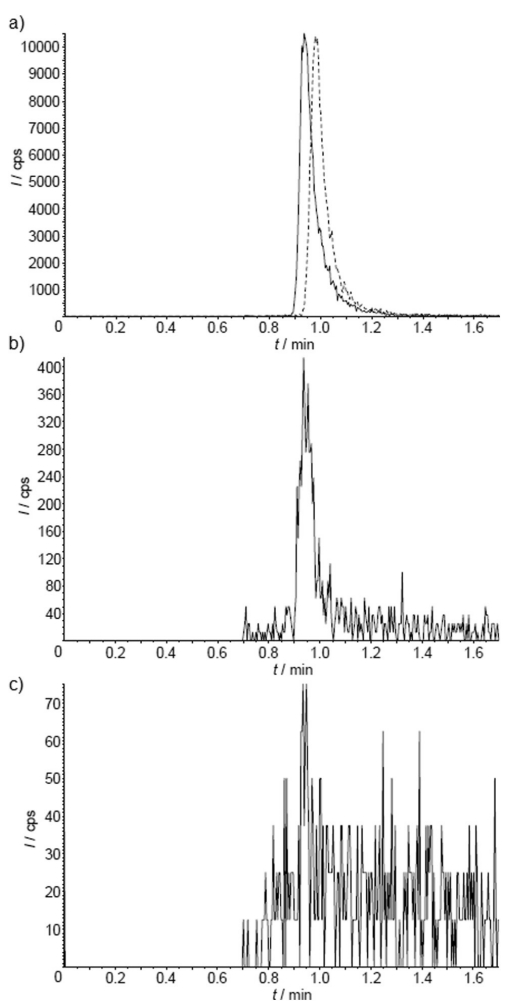Receptor Ligand Binding Assay Service
Receptor ligand binding assay is a core technology used to study ligand-receptor interactions, widely applied in drug development, target validation, and antibody screening. Receptor ligand binding assay enables researchers to quantitatively analyze key parameters, including binding affinity, kinetics, and stability, providing insights into the mechanisms of molecular interactions.
MtoZ Biolabs offers receptor ligand binding assay service that deliver precise molecular interaction analyses, supporting drug discovery and biomarker screening. By accurately measuring indicators such as binding affinity, dissociation constant (KD), and maximum binding capacity (Bmax), we provide reliable, high-quality data to propel the development of innovative drugs and targeted therapies.
Services at MtoZ Biolabs
MtoZ Biolabs provides receptor ligand binding assay service using advanced platforms, such as surface plasmon resonance (SPR), fluorescence polarization (FP), and affinity selection mass spectrometry (AP-MS), to offer accurate binding characteristic analysis. Our services cover the following key areas:
1. Binding Affinity Analysis: Accurately measure the binding affinity (KD) between ligands and receptors, offering high sensitivity at low nanomolar levels to assist in drug screening and molecular recognition studies.
2. Kinetic Parameter Determination: Determine association rate (k_on), dissociation rate (k_off), and equilibrium constant (K_D) to analyze the dynamics of ligand-receptor binding.
3. Maximum Binding Capacity and Binding Sites: Measure maximum binding capacity (Bmax) and identify the binding sites of the ligand, helping clients understand receptor binding ability and selectivity.
4. High-throughput Screening: Using high-throughput platforms and affinity selection mass spectrometry, we efficiently analyze molecular libraries to identify molecules that specifically bind to targets.
Applications
Ligand binding analysis assay is widely applied in various fields, including:
1. Drug Development
In drug screening and optimization, receptor ligand binding assay helps identify high-affinity binding molecules for target proteins, assess drug potential, and accelerate drug candidate screening and optimization.
2. Antibody Development
Receptor ligand binding assay accurately assesses the binding affinity and specificity between antibodies and antigens, supporting the optimization of antibody pharmacological properties and accelerating antibody drug development.
3. Protein-Protein Interaction Studies
Receptor ligand binding assay allows researchers to explore interactions between proteins, providing insights into cellular signaling, metabolic pathways, and other important biological processes.
4. Biomarker Discovery
Receptor ligand binding assay is valuable in screening and validating biomarkers, particularly for early disease diagnosis, monitoring disease progression, and personalized medicine applications.
Sample Submission Suggestions
We accept various types of biological samples, including purified ligands, cell lysates, recombinant proteins, and more. Sample preparation should be done in accordance with standard procedures to ensure the accuracy and reliability of results. Specific requirements will be communicated upon consultation.
Case Study
Case1: Using NanoBRET Technology for Melatonin Receptor Ligand Binding Assay
This study utilized the HiBiT peptide with NanoBRET technology to conduct a highly sensitive, real-time analysis of melatonin receptor ligand binding. The experiment precisely measured the binding affinity and kinetics of the receptor, revealing key insights into receptor-ligand interactions. This method provided vital data for melatonin receptor studies and demonstrated the potential of receptor ligand binding assay for receptor mechanism analysis and drug screening, laying the foundation for the development of targeted receptor drugs.

Gbahou, F. et al. ACS Pharmacol. Transl. Sci. 2022.
Case2: Receptor Ligand Binding Assay for Dopamine Receptor Characterization
Mass spectrometry-based experiments were used to analyze the ligand-binding properties of D1 and D5 dopamine receptors, precisely determining their binding affinity, selectivity, and key binding sites. The study revealed differences in ligand binding between D1 and D5 receptors, providing valuable data for receptor function analysis and the development of targeted drugs. This case highlights the core value of receptor ligand binding assay in receptor-ligand interaction research, advancing neuroscience and drug screening with precision.

Neiens, P. et al. ChemMedChem. 2015.
FAQ
Q1: How do I select the most suitable ligand binding analysis method?
The choice of method depends on the research goals and sample characteristics: FP is ideal for high-throughput screening of small molecules, SPR provides real-time kinetics data, and Mass Spectrometry excels in complex sample analysis and label-free detection. MtoZ Biolabs tailors the best solution for your needs to ensure accurate, reliable results, helping you make breakthroughs in research and drug development.
Through MtoZ Biolabs' receptor ligand binding assay service, clients receive in-depth molecular binding data, optimizing drug development and molecular research decisions. For any questions or requests, please feel free to contact us for support.
MtoZ Biolabs, an integrated chromatography and mass spectrometry (MS) services provider.
Related Services
SPR Based Protein Interaction Analysis Service
How to order?







